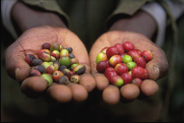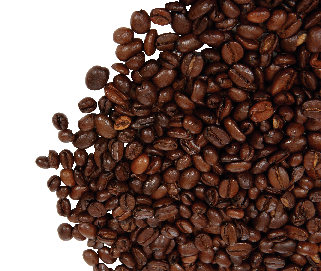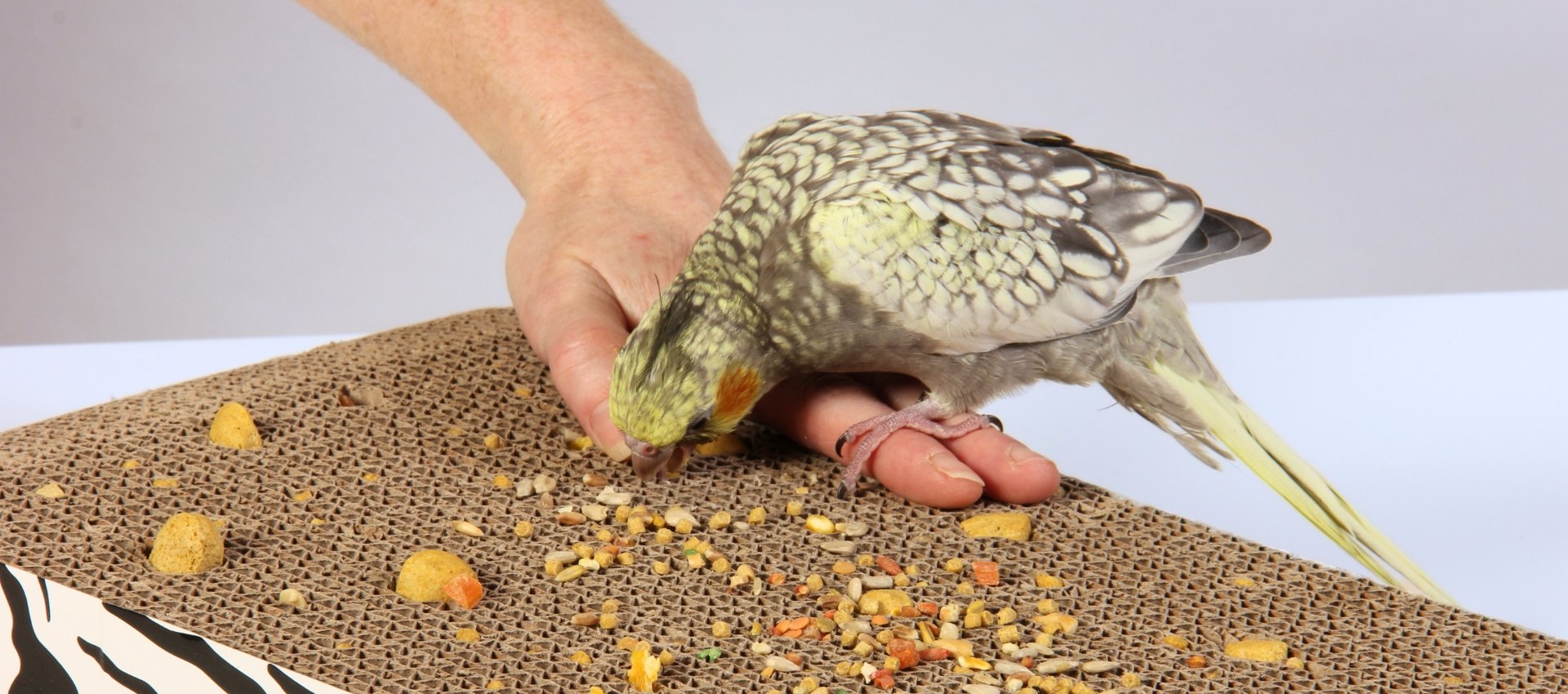Your cart is currently empty!

HARI Official Brand Site

Ever think about Shade Grown coffee? If you’re like me then this is how your morning goes: First thought when the alarm clock goes off “thank God for the snooze button…” Then, at one point, the image of that wonderful first coffee makes you get up. And there it is, the miracle happens once again; that first God-sent sip! Ahh, heaven…
But what if your friends, children and spouse had already left to harvest that magical bean. What if they were working exposed to harmful insecticides and chemical products? What if those chemicals were so toxic that they were banned in North America? What if they were cutting down the forest, Mother Earth’s lungs, to harvest the beans? What if hundreds of bird species were on the verge of extinction because they were cutting down their habitat, nesting cavities and food supply? Then would that coffee taste as good?
Yet… this is what’s happening in coffee plantations through- out the world. All of them? No. Some plantations and co-ops are now producing a coffee that is a lot safer to harvest. It’s called Shade grown coffee, Bird Friendly coffee, Organic and Fair Trade coffee.”
Traditionally, coffee grew in harmony with the forest, under the shade of the over-story trees, providing habitat to countless tropical and migratory bird species. In the 1970’s, the coffee leaf rust fungus (hemileia vastatrix) attacked Brazilian coffee plantations. So, dreading that awful fungus that had forced Sri Lanka to abandon coffee harvesting for tea in the 1870’s, many farmers started to clear the forests that provided shade to their coffee plants and switched to a new, open-field, full-sun agricultural system.

The plan worked and the leaf rust was not the catastrophe that many feared. However, during this same modernization period it was observed that plants grown in the traditional shade-tolerant way did not suffer from the effects of leaf rust either. As it turns out, the cool temperatures of high elevation plantations and the long dry season were responsible for the leaf rust’s demise. This type of harvesting requires the destruction of forests and the intensive application of agrochemicals, which is an unhealthy combination for workers, wildlife and local communities. So why did these countries continue to modernize? As chance would have it, the chemical industry was ready to respond to this new demand with all the necessary products: synthetic fertilizer, insecticides, herbicides, fungicides, nematocides, rat poisons and others. Even though it was common knowledge that coffee took time to grow, it was estimated that higher yield should be obtained. “To produce coffee at a better price no matter the cost.” It is now known that this type of harvesting is contributing to soil erosion, water contamination and forest destruction. Coffee is grown in the middle of mountainous regions which are amongst the richest ecological zones found on Earth.
However, in all honesty, I must point out that during my research when I gathered the information from a ”master torréfacteur” he claims that pesticides are used only on Robusta and Arabica coffee of very poor quality, those that are cultivated down the mountain’s slopes (on the flat land). Coffees that are cultivated on the mountains, the good quality ones, don’t need insecticides.
We now have a choice. We can be informed consumers and support shade grown and fair trade coffee from now on. “In many countries, small scale producers of coffee (also of tea, sugar, cocoa, rice, etc.) gathered to create cooperatives that are able to sell their production through the Fair Trade Network.”
They are then getting a FAIR price for their products (4 to 10 times more!), that allows them to have sustainable agricultural practices.
Fair Trade is a first step towards the recognition of their socially and environmentally sustainable practices.
“In traditional coffee farms the shade-tolerant coffee shrubs are grown beneath a canopy of native forest trees intermingled with fruit trees (tangerines, avocados, bananas, plantains, lemons) and other plants. …The ecologically diverse coffee farms also benefit farmers economically by providing a variety of products for local consumption and for sale, plus some insurance if coffee prices are low.” (No. 161 November 1996) “Several advocates of shade and organic coffee production methods such as the Organic Crop Improvement Association Inc. and the Rainforest Alliance are attempting to provide some type of classification system to allow this to happen. They were among the co-sponsors of the first Sustainable Coffee Congress organized by the Smithsonian Migratory Bird Center held in Washington, D.C. in September. The hope is that one day buying “shade coffee” will be like buying dolphin-free tuna.” Bart Sbeghen: BIODIVERSITY AND COFFEE IN LATIN AMERICA, Editor: Jane Villa-Lobos

Encouraging fair trade and sustainable harvesting is fundamental in the race to save our rain forests. Shade grown coffee is easily available and doesn’t cost much more than regular coffee. It can be found in most supermarkets and some coffee shops, but if you can’t find it just search for shade grown coffee on the internet and you will find many distributors around the world. Ask your local merchant and coffee shops to offer this eco brew. There are probably others who would buy it if it was easily available, but the best would be to drink less coffee after all! It would be a healthier choice for yourself, our rainforests and all the species harmed by its destruction. In fact, deforestation, whether it be partial or complete will harm bird species, however, salvaged trees can provide some habitat for foraging and nesting.
The Baltimore Oriole is one of the many species that is suffering from tree cutting for the full-sun coffee harvesting. So make those birds happy by sending a clear message to the big producers by purchasing shade grown coffee (and cocoa too). Bird clubs and avian conventions in particular should support this by promoting and offering only bird-friendly coffee at their meetings. Let’s not forget that Styrofoam cups are not recyclable, so buy your own thermos-reusable cup for the car and your bird club meetings. Hey, why not? It can and should be done.
This was awarded to the Finca Esperanza Verde (Green Hope Farm) Ecolodge and Nature Reserve in San Ramn, Nicaragua. This innovative ecotourism project, started by Durham-San Ramn Sister Communities and Nicaraguan partners in 1998, offers visitors a unique experience to participate in the harvest of shade-grown coffee, and join local guides on treks in tropical ecosystems.
Story by: Sylvie Aubin

Our top priority is providing safe and high-quality bird food that your feathered friends can enjoy. That’s why every batch of HARI products goes through a rigorous three-step quality control process before it is distributed.